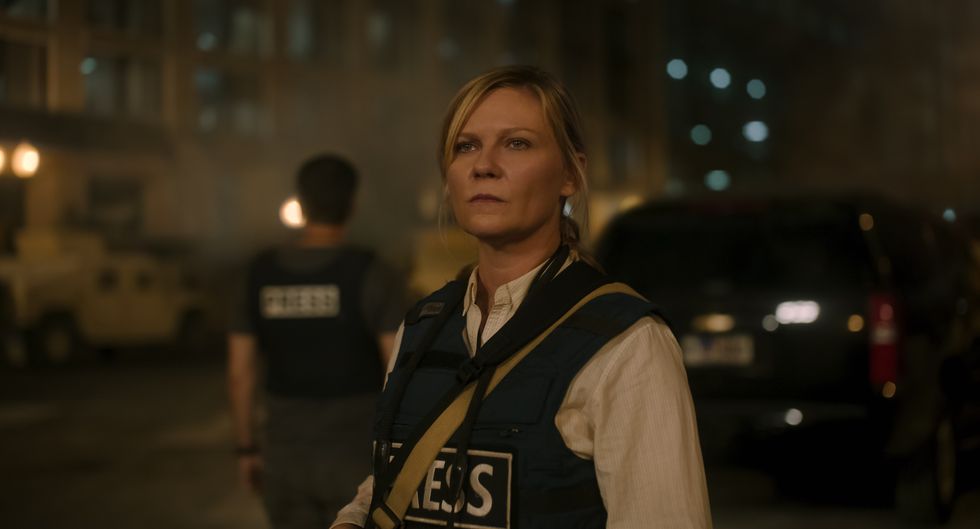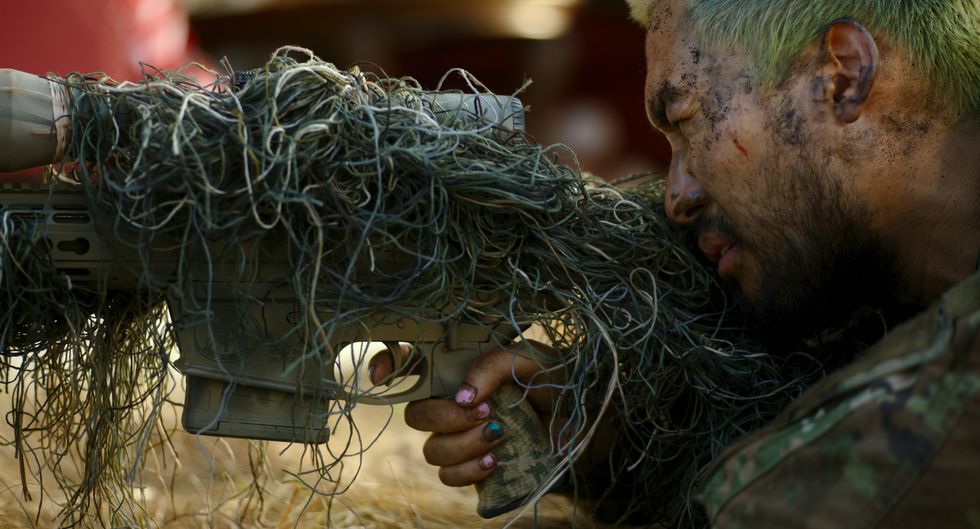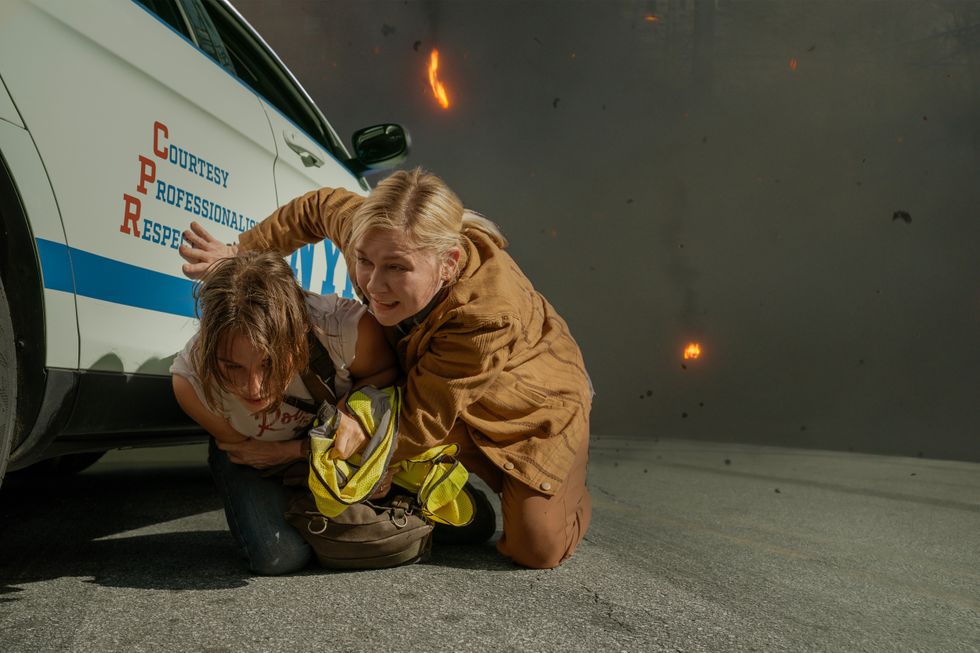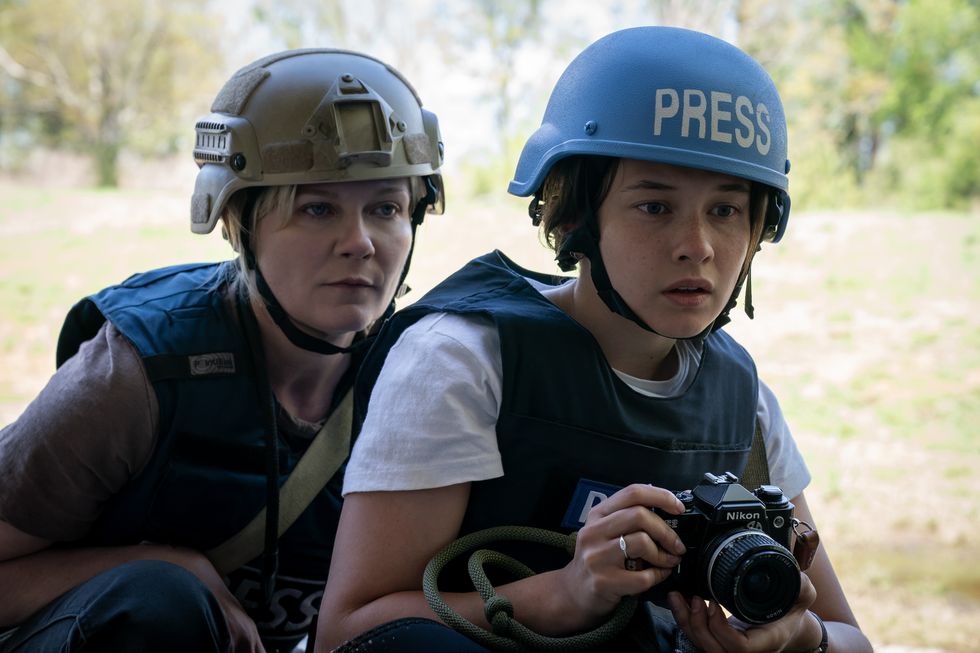9 Genius Filmmaking Tips from Roger Corman, the 'Pope of Pop Cinema'
With 400 films under his belt, B-movie king Roger Corman explains what it takes to stay true to your vision.
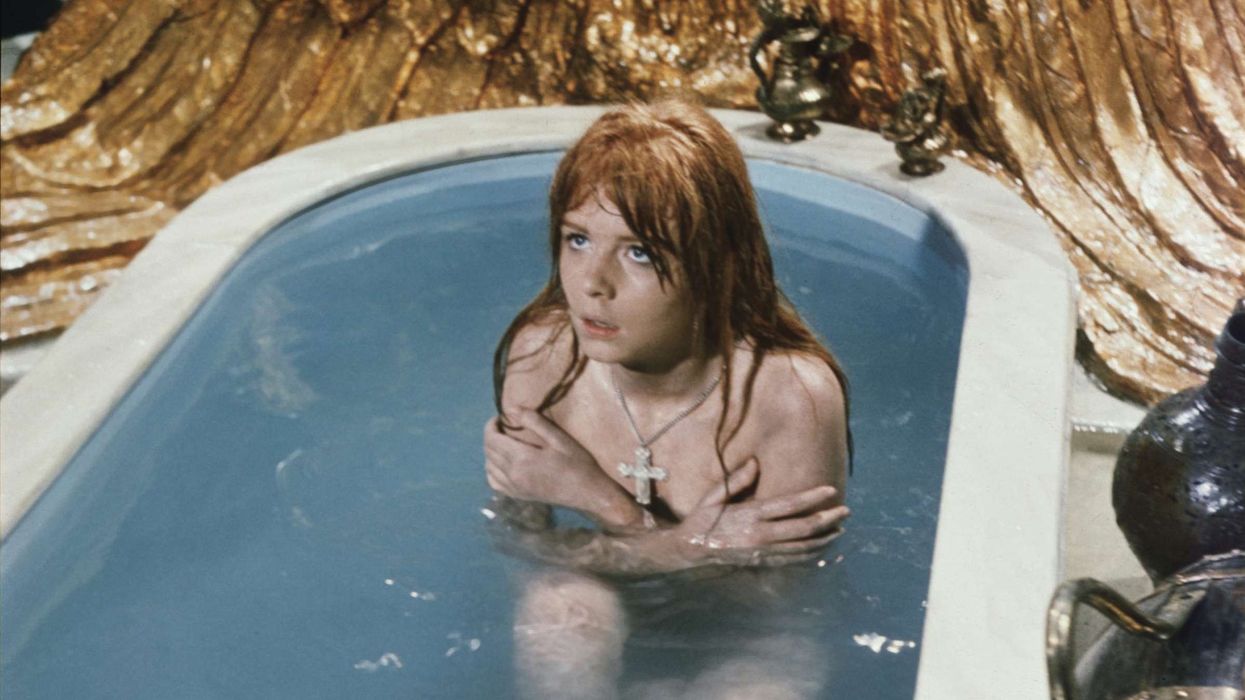
While many directors consider low-budget filmmaking to be just a step in an ever more glamorous career, Roger Corman has made his home in the indie world. And now he is one of the most lauded director/producers in Hollywood, still active at age 90, with over 400 works on his filmography. Many of these are beloved cult gems, especially the “drive-in” teen movies, both comedic and horrific, of his early career, and the heated political films that mark his later period.
In describing his youth, Corman recalls a time when he “was directing one picture during the day, during my lunch hour casting the next picture, and in the evening I was editing the previous one. That night I thought, ‘I have to sleep fast.’” He slowed down a bit after that, he laughs, but only a little.
In celebration of his lengthy and notable career, Switzerland’s Locarno Film Festival invited Corman to be their Filmmaker’s Academy Guest of Honor at this year’s festivities. Last week, he spoke about his experiences, from landing his first job as a messenger at 20th Century Fox and discovering Francis Ford Coppola, to his admiration for James Cameron. Below, we’ve put together some of the most important takeaways from his Locarno talk.
“I called the UCLA film school and I said, ‘Who are your best students in editing?’ So I interviewed several of them and chose Francis." That Francis, of course, is Francis Ford Coppola.

1. Build a crew that makes you proud
As a producer, Corman knows that the key to an efficient and well-run set is a cohesive crew. “The first picture I directed, when I finished shooting, I made an A list, a B list and a C list of everybody on the crew. The A list were the ones who were very, very good. Those were the ones I wanted to hire back. The C list were the ones who were not good and I would never hire them back. And the B list, which was more complex, were the ones who were just OK, I’ll hire ‘em back if I can’t get any better” he explained. “I made another list after each picture. And over a short period of time... I had a crew where everybody was friendly, they were all outstanding, and we all worked together. It was also sometimes known as the 'Corman Crew.'”
The Corman Crew was often hired as one unit, which is unusual in the indie world. He described the “great camaraderie” that was created by this dynamic and the “enormous sense of pride” felt, by him and the rest of the crew for garnering such a reputation in the independent field.
This moral spine, or artist’s message, should guide you through even the smallest directorial decisions.
2. Find a personal statement in every film
“I simply wanted to make an action picture that would have some interest to me,” Corman began, in reference to his 1971 film, Von Richthofen and Brown. This serious World War I drama was largely unexpected at the time, from the director whose latest films had been focused on American countercultures such as the Hells Angels and the “psychedelic youth.”
“I try to find some personal statement as much as I can within my subjects.” It doesn’t have to be political or earth-shattering, but it does have to be unique. For Von Richthofen and Brown, Corman came to the conclusion that, “WWI was to a large extent the end of chivalry in warfare.” And that concept became the thread that informed the rest of the script. This moral spine, or artist’s message, should guide you through even the smallest directorial decisions. The result will be a cohesive film that rings true to the audience.

3. Stick up for yourself and your beliefs
For many years, Corman worked with American International Pictures as a producer and director. He is attributed with “inventing the American Teenager” during his time there—as a lucrative demographic, that is. This particular group was elusive to other studios, who were convinced that teenagers were exclusively watching TV. All that changed when AIP turned their focus to the untouched and incredibly profitable drive-in market. Low budget teen movies and the famed “Poe-cycle” were where Corman made his mark at AIP, revolutionizing the company. Unfortunately, their relationship turned sour.
“I had some differences of opinion with AIP, partially over the accounting.” Corman reveals. “Wild Angels and The Trip were huge successes and they’d always been very honest with me on my share of the profits, but they were not honest on those films.”
Feeling betrayed by their dishonesty and under-compensated for his major contributions, Corman resigned from AIP. But it was not only a money issue that caused him to leave. “Because [these films] did represent the counterculture, they made some cuts in the films that I didn’t approve of.” It was time to move on. In 1970, Corman founded New World Pictures, and created an environment much like the Corman Crew, where everyone would be treated fairly, and counterculture was the name of the game.

4. Create guidelines for your films (even if they're R-rated)
At New World Pictures, legend has it that Corman often said to directors, “You can do whatever you want, but after ten minutes there must be a shower scene.”
“That’s not exactly true, but the idea is right,” he laughed. “I never said it specifically, but they knew that these pictures were R-rated. In other words, there should be a little bit of nudity but not a great deal because I didn’t want to make X films.” He went on to explain the pillars of a NWP film:
“There should be a certain amount of action within them, and they had to have a kind of a liberal slant. For instance, a number of them featured women as the leads, and several times the writer would send in a script in which the girl’s boyfriend would come in and solve the problem for her, and I said, ‘no, the girl must solve her own problem.’ So there was a little bit, not a great bit, a little bit of a feminist movement, a liberal movement and a little nudity.”

5. Embrace young talent
Among many things, Corman is known for discovering some of Hollywood’s most notable heavyweights. In almost every instance, it’s because he gave a talented kid a chance.
He told one particular story of some Russian films in need of an editor. “Science fiction films were very popular in the Soviet Union at that time… so I went to Moscow and I bought the American rights to some.” But in 1959, tensions were high between the U.S. and Russia, and there was some anti-American propaganda that needed to be removed for U.S. distribution.
“I called the UCLA film school and I said, ‘Who are your best students in editing?’ So I interviewed several of them and chose Francis. So Francis’ first job in the motion picture industry was cutting anti-America propaganda out of Russian films.” That Francis, of course, is Francis Ford Coppola.
"On my first few films, I had very little money but I would form a company and include everybody on the film in the company. "
6. Realize your limits
In 1957, when Corman directed Rock All Night, a beloved drive-in musical teen-drama, he felt plugged into the community. But when Rock ‘n’ Roll High School was pitched in in the late 1970s, Corman felt too out of touch to reliably guide the narrative.
“I had done Rock All Night, and a couple of other films featuring rock and roll, and disco was coming in and I thought, well, maybe I should do something with this.” He joked that it was not long before he was questioned on this decision. “Allan Arkush who directed and co-wrote the film, convinced me that disco was a passing fad, and that it should be punk rock.”
Corman did not fight this. With humility, he conceded to the judgement of those more “in the know.” This lesson can apply in many ways to much of what it means to be a director. Trusting your team is a crucial aspect of being a good leader. “Before I was sort of a part of the young movement, and I knew rock and roll, and I knew who the people were, but now I was getting a little bit older and I realized that I had made a mistake on disco music which I would not have made a few years earlier. So starting with Rock ‘n’ Roll High School, I turned most of the decisions about music over to the younger guys in the company.”

7. Get your crew financially invested
“In this respect, you’re better off in Europe than you are in the U.S., because in America, there’s very little help from the government.” Walking around at Locarno Film Festival, he said he’s surprised at just how many governmental subsidies are available. “Here it seems to be fairly easy—maybe I’m overstating that—but moderately easy to get financing by way of subsidies and so forth, where it’s almost impossible to get more than a little bit in the U.S.”
So as an independent filmmaker in the U.S., what do you do? Corman put one idea into practice early on.
“On my first few films, I had very little money but I would form a company and include everybody on the film in the company. And they would work for very little money, just sort of eating money, but everybody would have a share of the profits, so that way we were able to sort of self-finance the film with everybody essentially, including the crew, invested in the film.”
"Jim Cameron who, with Titanic made the most expensive picture ever made, and then broke his own record when he did Avatar—I can say that he still goes back to the time when he was the head of our Special Effects Department."
8. Plan, plan, plan
Corman is always considering the bottom line, and working with him has become a rite of passage for low budget filmmaking. Famously, he told Ron Howard, “If you do a good job on this film, you'll never have to work for me again.” So, when asked by the audience about advice for first time filmmakers, it’s no wonder that his tips are budget oriented, such as, “Don’t try to make a picture that is bigger than your budget. Be aware of how much money you’ve got, and design your picture accordingly.”
The second piece of advice, his personal guiding practice, Corman said holds true for all films. “Do as much pre-production planning as you can. You don’t want to waste your precious time on the set making decisions that you could’ve made before you start shooting.” In an endearing coda, he added that you want to be spending that precious time with the crew—not something you hear from all directors.

9. Uphold the B-movie smarts by spending pragmatically
While Corman has steadfastly remained a bastion of B-Movies, many of his protégés have become major Hollywood players. Most notably James Cameron, who Corman affectionately refers to as ‘Jim.’ When asked who of his students has best upheld the “School of Corman,” he responds “almost all of them.”
“For instance, Jim Cameron who, with Titanic made the most expensive picture ever made, and then broke his own record when he did Avatar—I can say that he still goes back to the time when he was the head of our Special Effects Department. I remember the night before starting a picture, it was a science fiction picture, and there was a spaceship. And there was a wall on the spaceship that was just a simple plain wall, and I said to Jim, ‘I really like (what we call) articulation of the surface. Can you do something tonight to break up that surface?’ And he said, ‘It’ll be ready. Come and see it tomorrow morning.’ And I saw it the next morning, and it was great, and I said ‘Jim, what did you do?’ He said ‘I went to McDonald's and I bought a lot of hamburger cartons. I glued the hamburger cartons to the wall, I sprayed them with aluminum paint and it cost $12.’”
This it not only a charming story about the most expensive director of all time, it’s a lesson in pragmatic spending that Cameron has carried with him.
“He spent $100M on Titanic, $200M on Avatar, but you see his films. You see the sinking of the ship in Titanic and you say, ‘That’s phenomenal.’ He used the money intelligently. Just the way he used $12 intelligently on Galaxy of Terror, he used $100M intelligently on Titanic. Where somebody else might also spend $100M and it’s two people walking around a room and you say ‘where did the $100M go?’”
Featured image from Roger Corman's 'Masque of Red Death'

